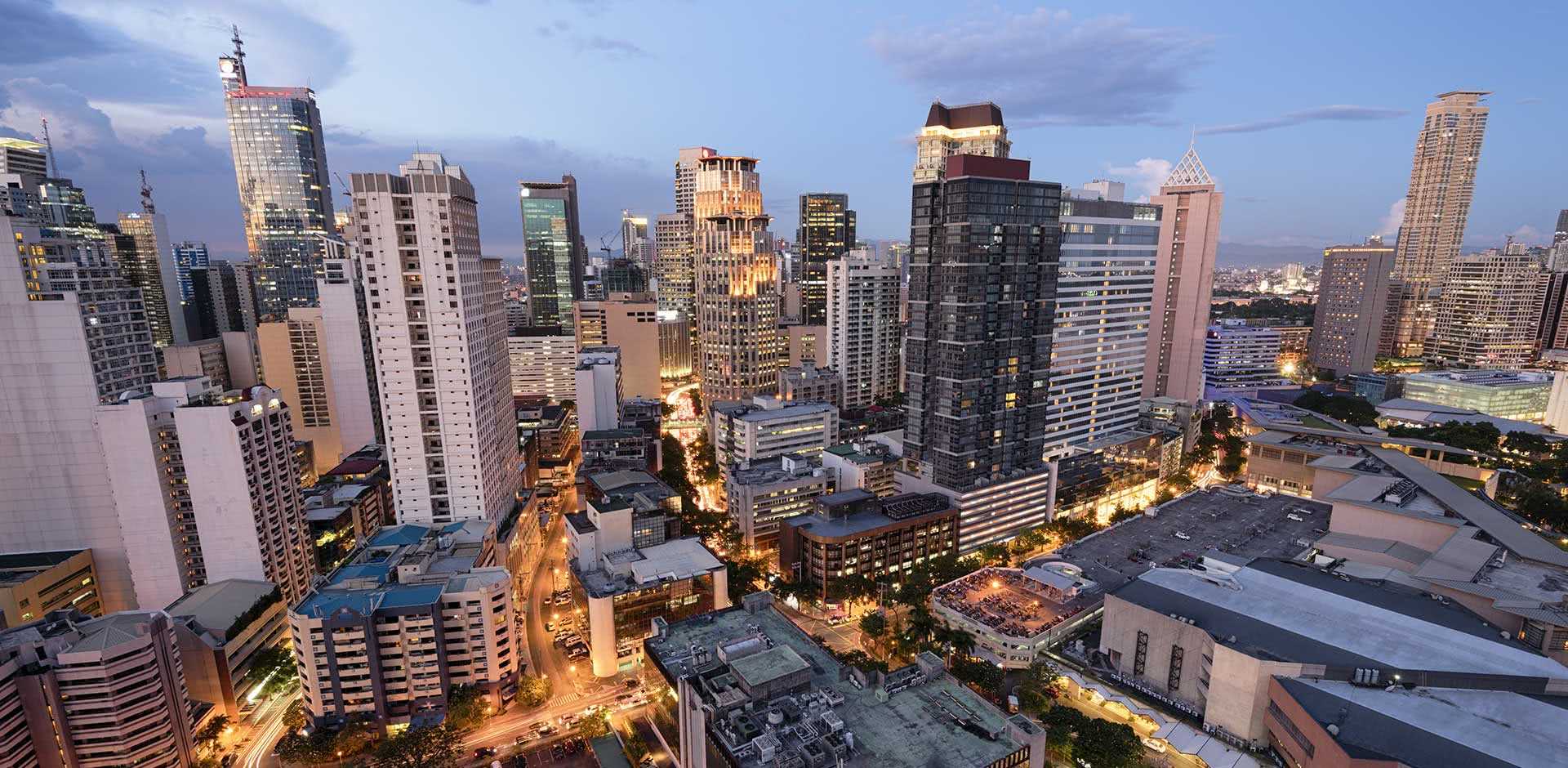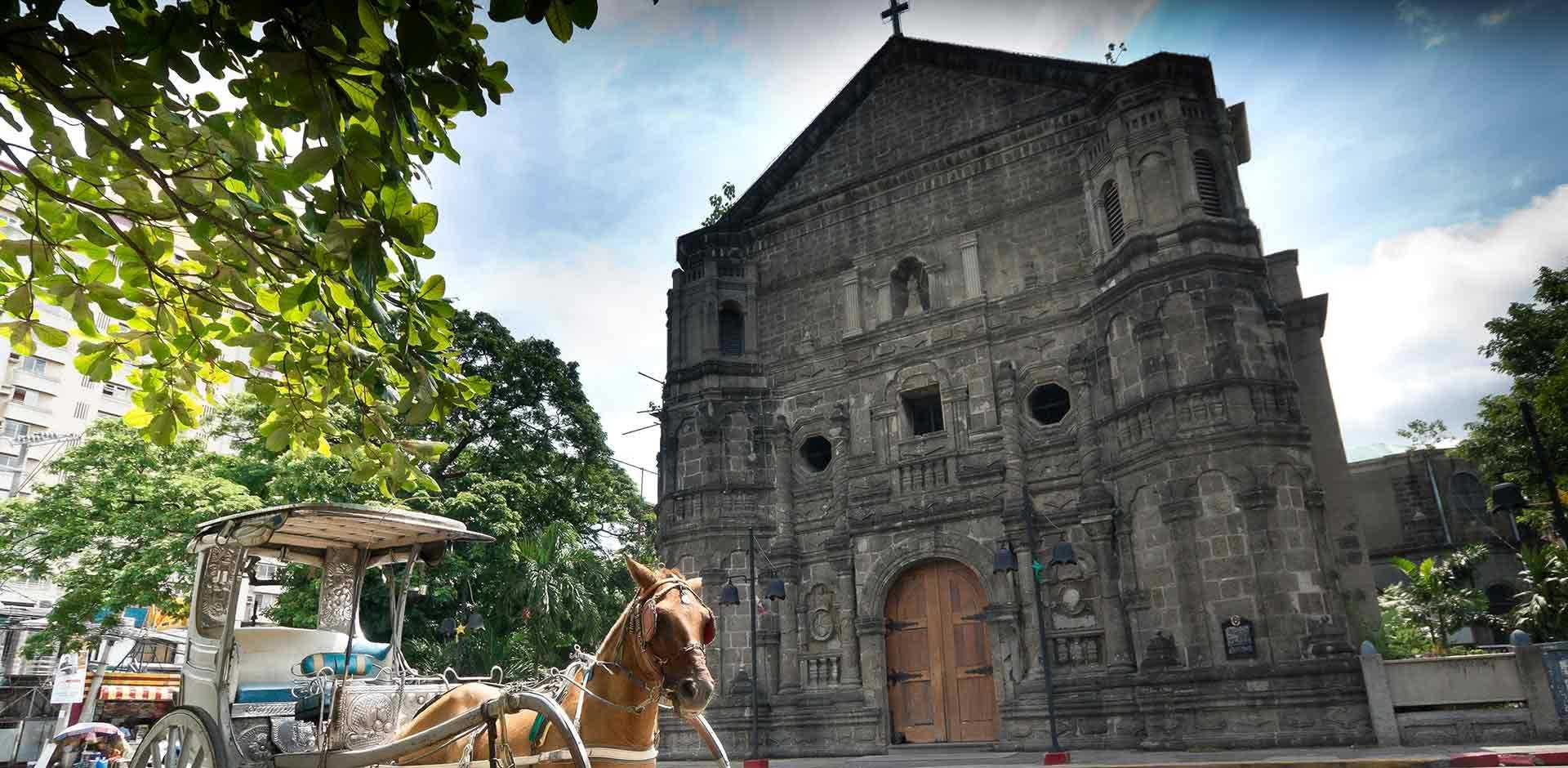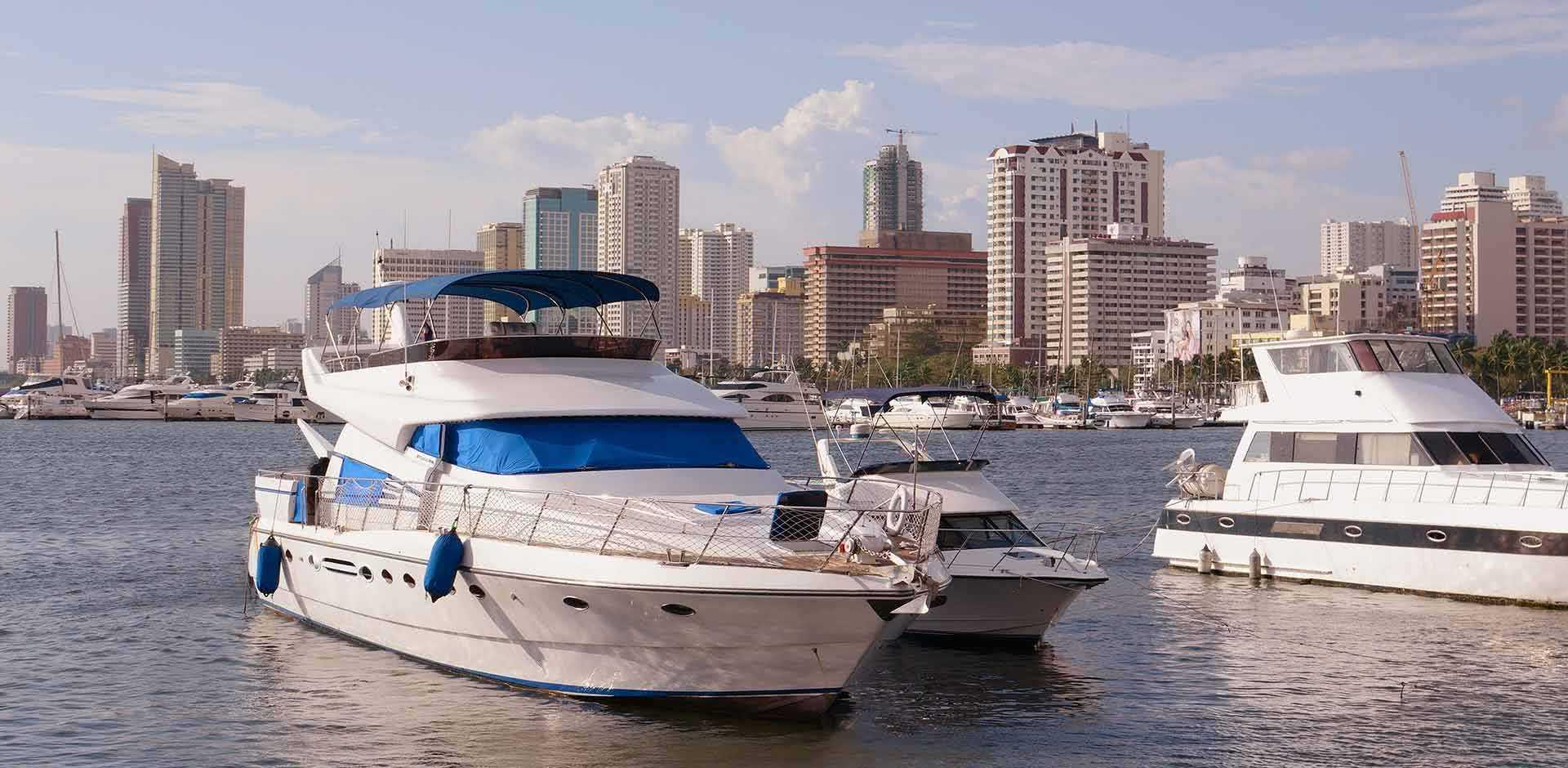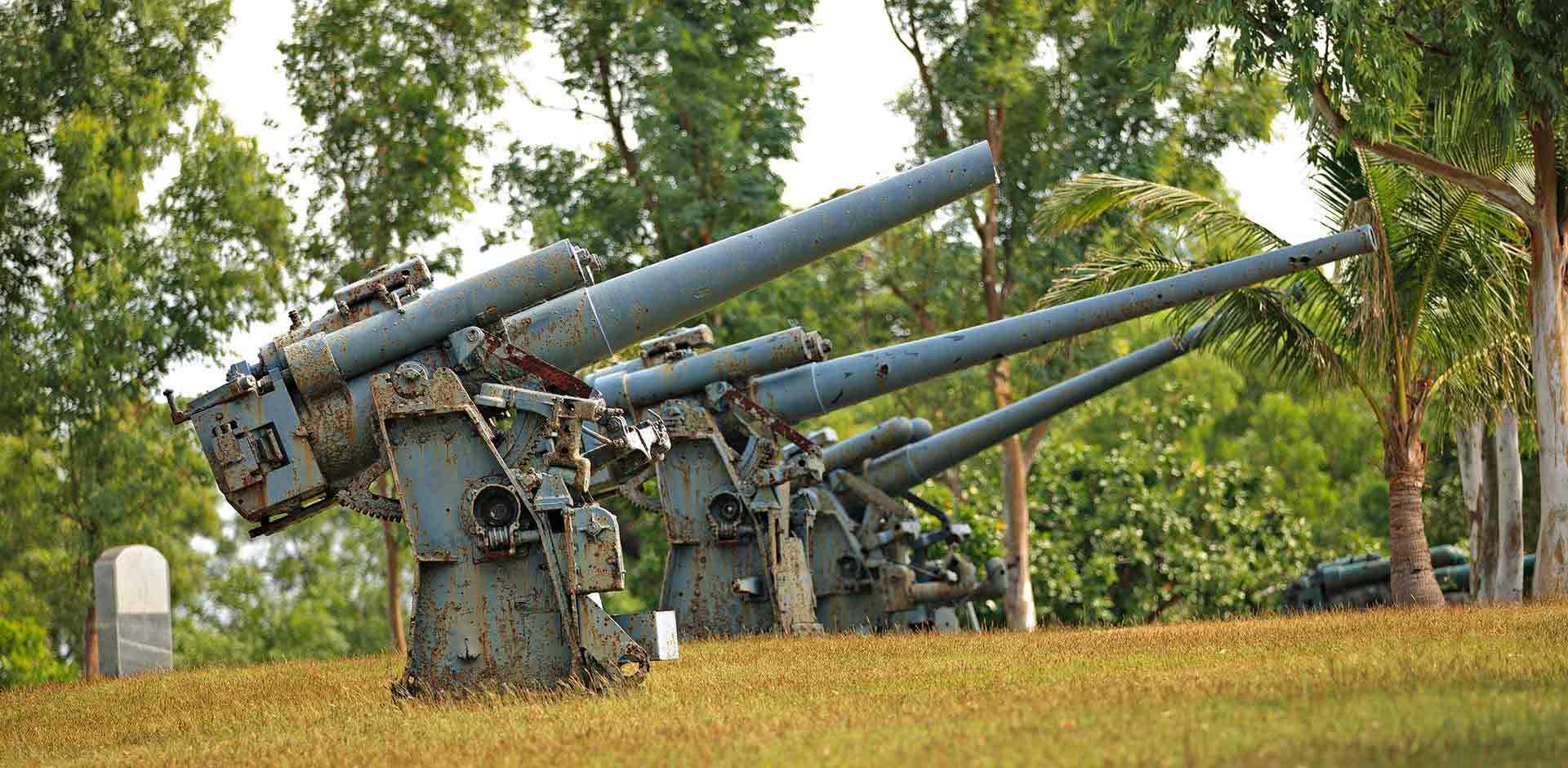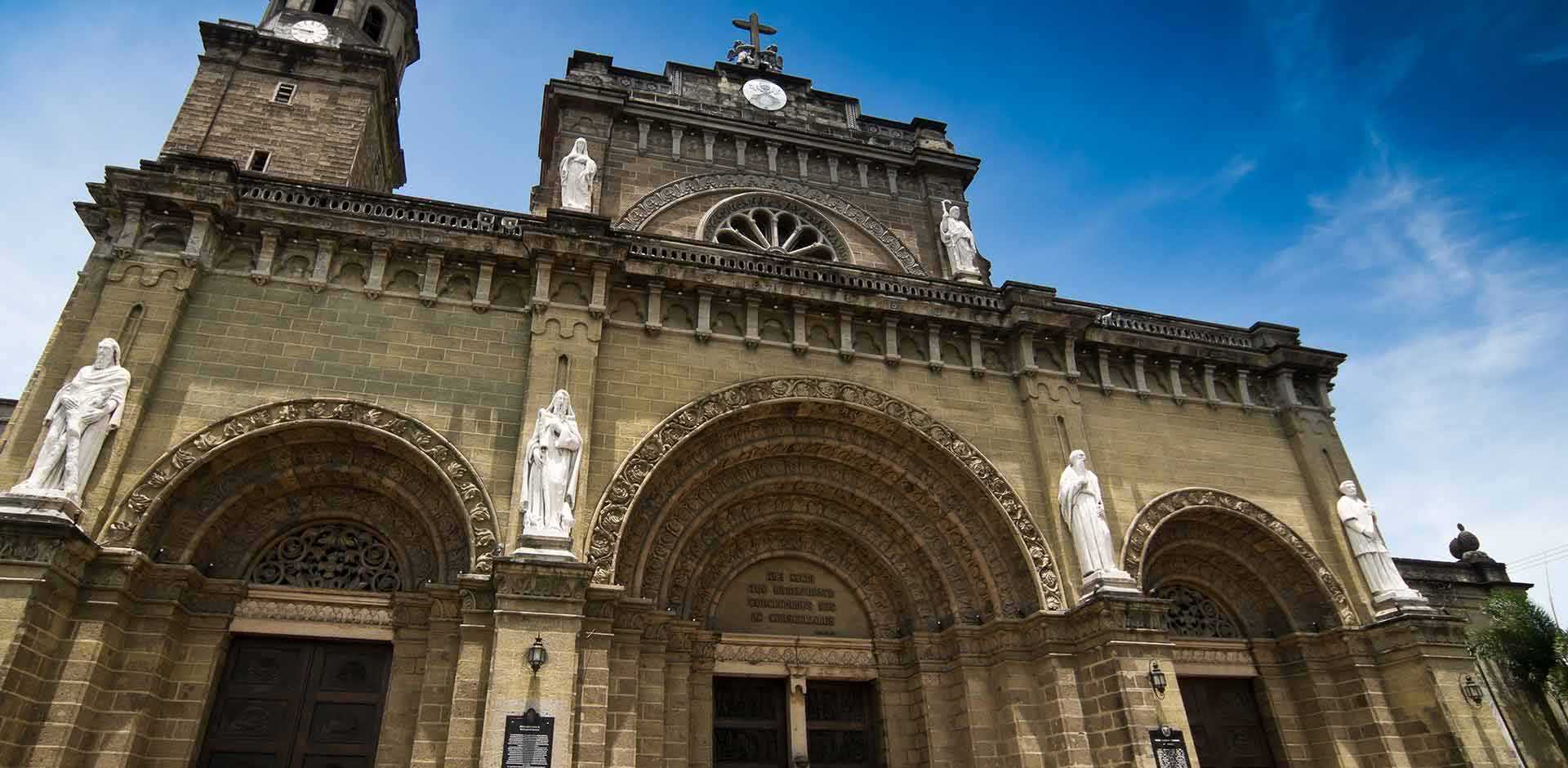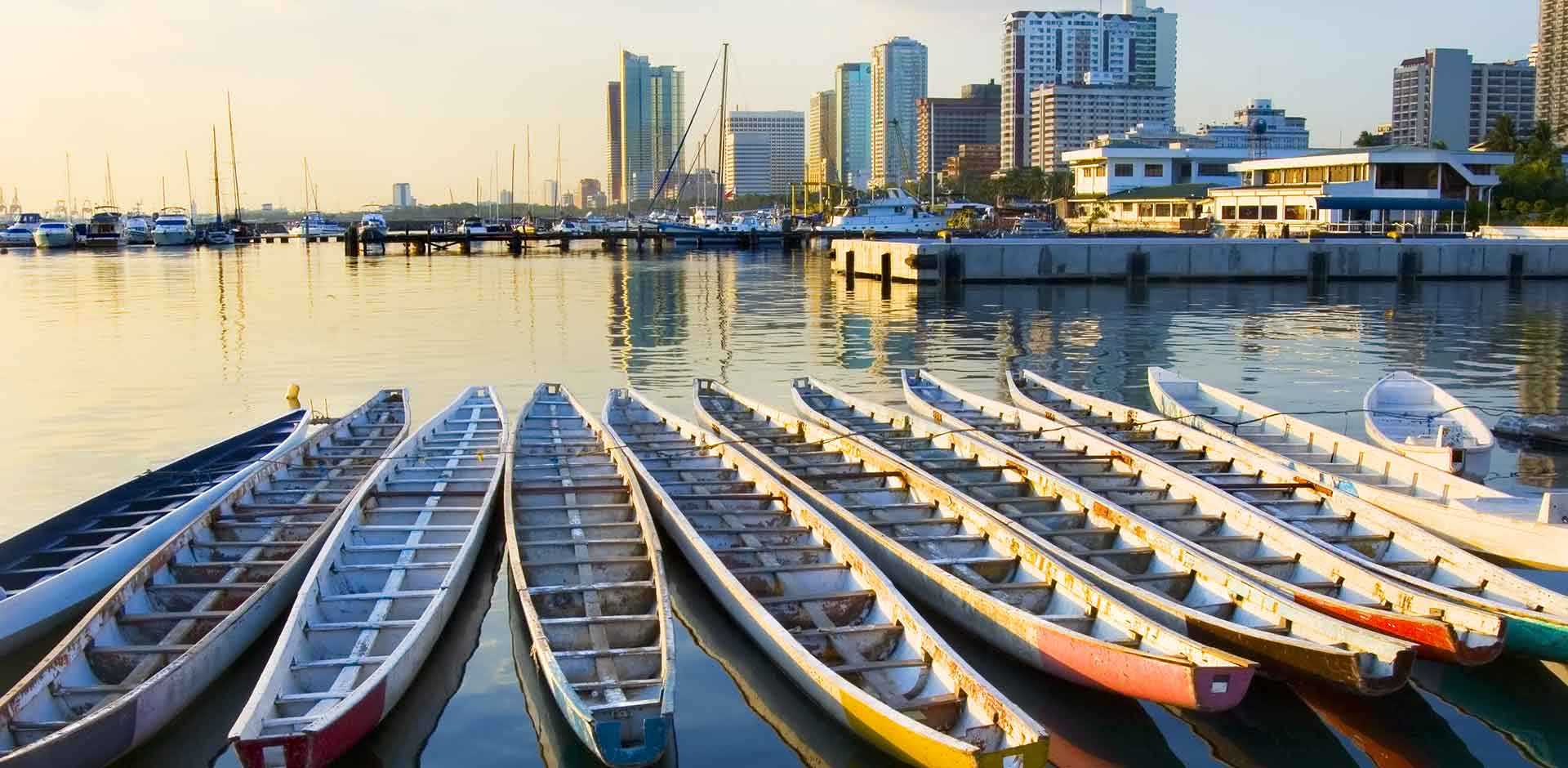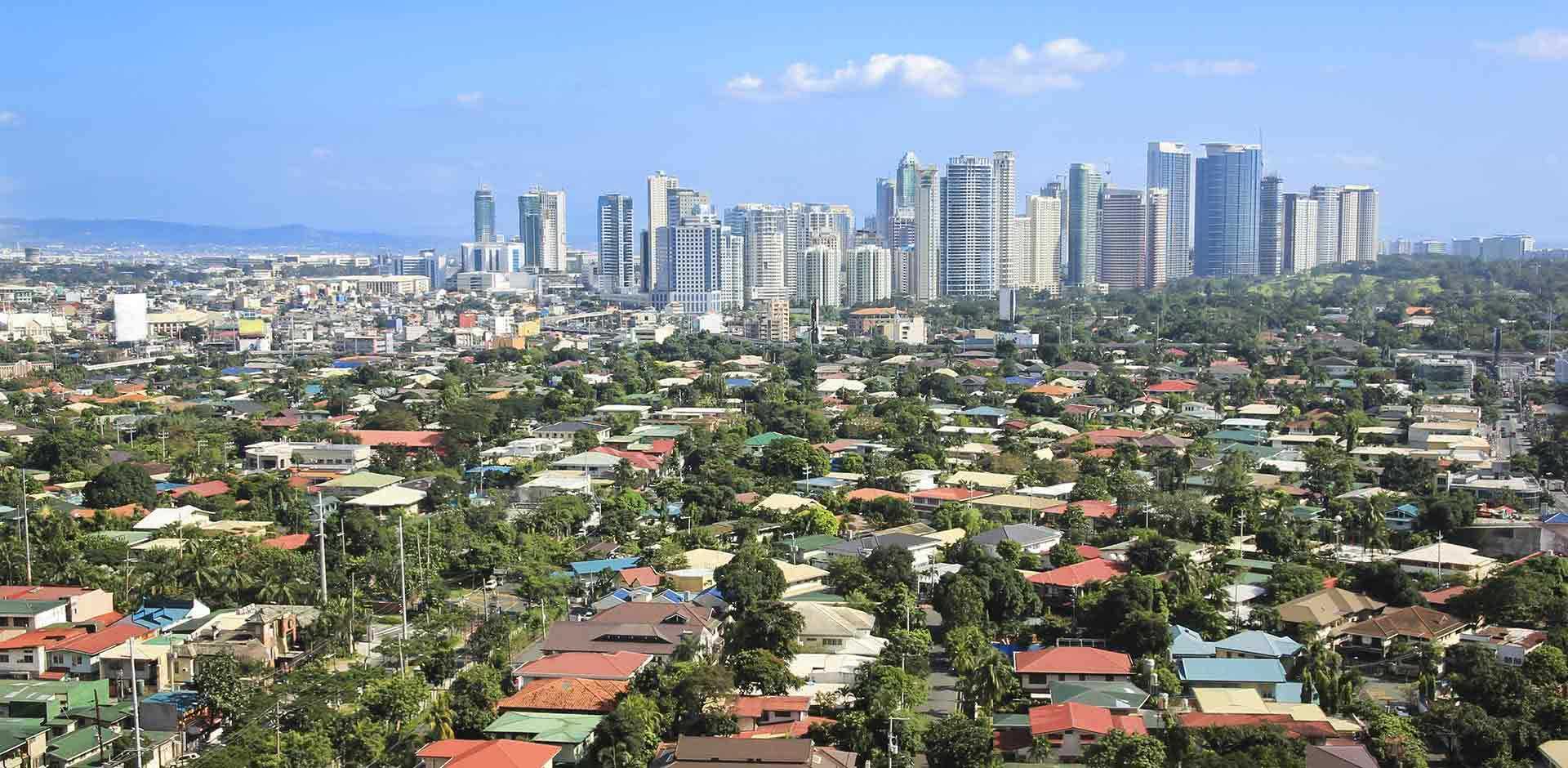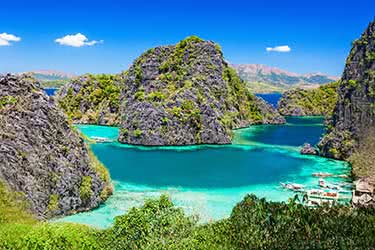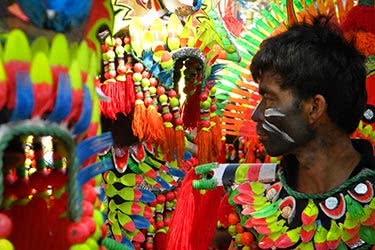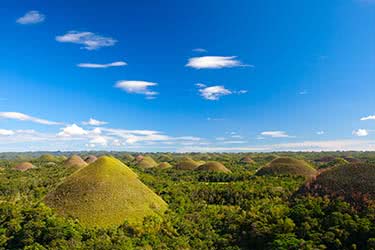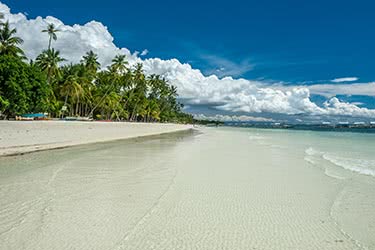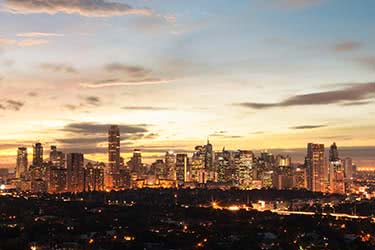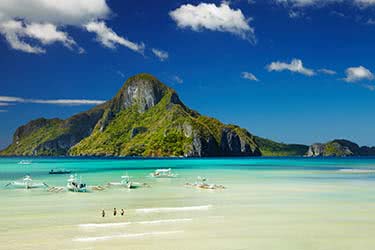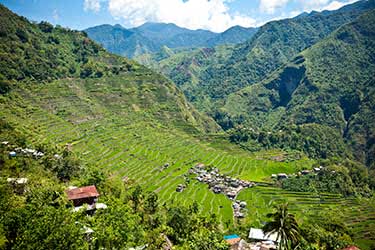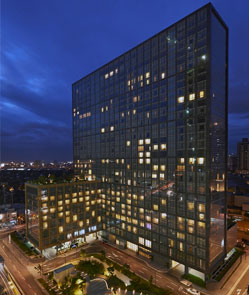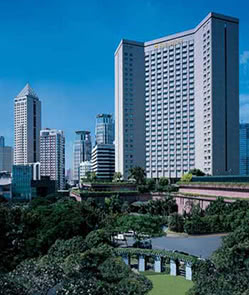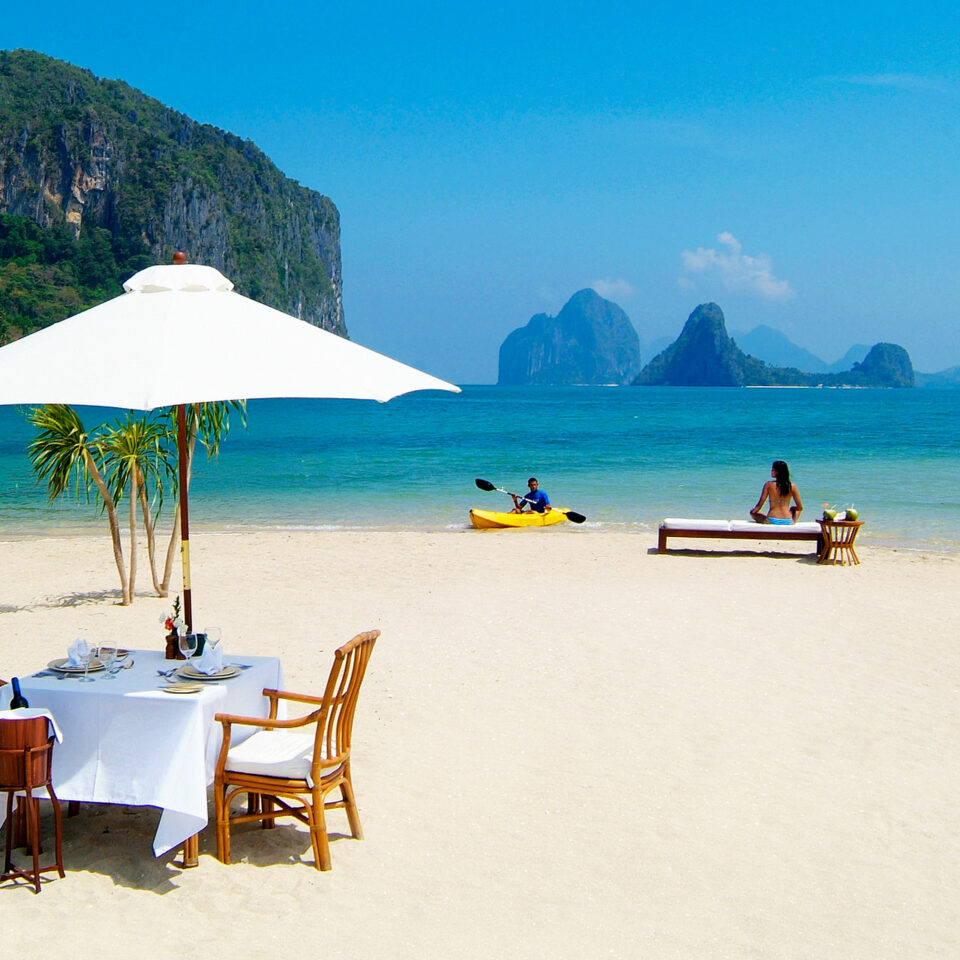Manila
Manila is a heady mix of the new and old. Young professionals from all reaches of the archipelago move here to find work, while old families with roots dating back to Spanish colonial times still hold fort over all manners of commerce and society. Though it can be overwhelming with its crowds, Manila is a vibrant place that is ultimately a great introduction to the country's colonial past, preserved in its walled city and museums, and the bright future Filipinos are fervently working towards.
Experiences
A handpicked selection of experiences endorsed by our experts. If you can’t see what you’re looking for, let us know, as our extensive network of local contacts can open many doors.
Bars & Nightclubs
Manila is party central and often plays host to international bands, DJs and musicians. The city also has a robust local music scene, and you're never far from a bar or music venue with a live band or karaoke. Bars abound all over the metropolis, as Filipinos love to imbibe their national drink, San Miguel Beer.
Coconut Palace
Commissioned in 1981 by eccentric First Lady Imelda Marcos for $37 million, the octagonal structure is built entirely of local hardwoods and coconut shells, and was intended to honor Pope John Paul II’s visit to the Philippines, a country where over 80% of the population is Roman Catholic.
Intramuros
Visit Intramuros, the walled city, where Manila was founded by the Spanish in the 16th century. In this area of cobblestone paths plied by horse-drawn carriages, you will find Manila's main cathedral, with its 4,500-pipe organ, and the St. Augustine Church, the oldest church in the Philippines and home to an antiquities museum.
Local Cuisine
Philippines cuisine is a curious mix of Spanish, Chinese and American influence. Traditional Filipino food is typically very savory (and often fatty!) and can be enjoyed in a wide range of restaurants, from fine dining establishments to streetside cafes. Local chefs, many of them trained abroad, have returned to revive Philippine cuisine with an international twist.
Manila Bay
Catch the sunset at Manila Bay, whether on a private yacht cruising the bay, or from the Roxas Boulevard Boardwalk, where you’ll find couples sitting on stone benches, soaking in the view.
Pig Roast
Celebrate your stay with a traditional Filipino dinner at the home of one of the Philippines' most prominent families, who will throw a fabulous fiesta and pig roast in your honor.
Quiapo
Stop by Quiapo, a lively residential district known for its seemingly endless outdoor shopping bazaars, and the busy Quiapo Church, site of the annual Black Nazarene Festival: every January 9, this antiquated sculpture of a dark-skinned Christ is paraded through the streets of the city before throngs of the faithful.
Shopping & Markets
There's a shopping mall on every corner, or so it seems in this shopping-crazed culture. High-end, international retailers mix with local designers in Manila's megamalls, but for more local offerings, look to markets selling Filipiniana, or Filipino-made goods.
Philippines Regions
Explore in-depth information, experiences and highlights by navigating to specific regions using the links below.
Manila Itineraries
- Duration
- 13 days / 12 nights
- Price Per Person
- From $9,100
- Duration
- 15 days / 14 nights
- Price Per Person
- From $43,200
- Duration
- 12 days / 11 nights
- Price Per Person
- From $4,700
- Duration
- 17 days / 16 nights
- Price Per Person
- From $17,200
- Duration
- 12 days / 11 nights
- Price Per Person
- From $8,300
- Duration
- 16 days / 15 nights
- Price Per Person
- From $11,400
- Duration
- 12 days / 11 nights
- Price Per Person
- From $5,100
- Duration
- 16 days / 15 nights
- Price Per Person
- From $12,580
Makati Shangri-La
Located in the heart of Manila’s business and commercial district, Makati Shangri-La is a luxury hotel moments from the capital’s best shops, bars, and restaurants. The hotel’s 699 rooms have a classic feel, with wood-paneled walls, an alcove ceiling, and a muted color palette. Soothing touches like a Zen waterfall on every floor creates a feeling of serenity that’s hard to come by in the bustling area surrounding the hotel. Leisure amenities include a full-service spa, an outdoor swimming pool, a fitness center and tennis courts. There is no business center, but broadband Internet access and a fax machine is available in every room. The highlight of the hotel is its restaurants, which are popular even with the locals. Of note is the dim sum and Cantonese fine dining at Shang Palace, and Sunday brunch at Circles’ extensive international buffet. Fine dining Japanese and two sophisticated lounges round out the dining scene. Shangri-La Manila is a 30-minute drive from the Manila International Airport.
The Peninsula Manila
Strategically placed on the corners of Ayala and Makati Avenues, The Peninsula Manila is close to premier shopping facilities and within easy access of Manila's numerous attractions. The hotel is a nine kilometers drive from Ninoy Aquino International Airport (MNL) and just six kilometers from Manila's domestic airport. Elegantly furnished in classic style, the hotel's 351 rooms and suites provide modern, technologically advanced conveniences, including complimentary high-speed wireless Internet access. The Gallery Club Lounge is available 24 hours a day, providing live musical entertainment and all-day refreshments and nibbles, including a breakfast buffet, The Peninsula Afternoon Tea, gourmet canapés and an open bar with a curated selection of spirits and sommelier-selected wines. The thoughtfully-designed private lounge is enhanced with custom-designed tables and soft furnishings arranged in an intimate lounge setting. Continental and Pan-Asian cuisine is served at The Peninsula's many restaurants, including Old Manila and Spices, which are two of the top restaurants in the city. Salon de Ning, the hotel's quirky lounge, features musical entertainment on most evenings.
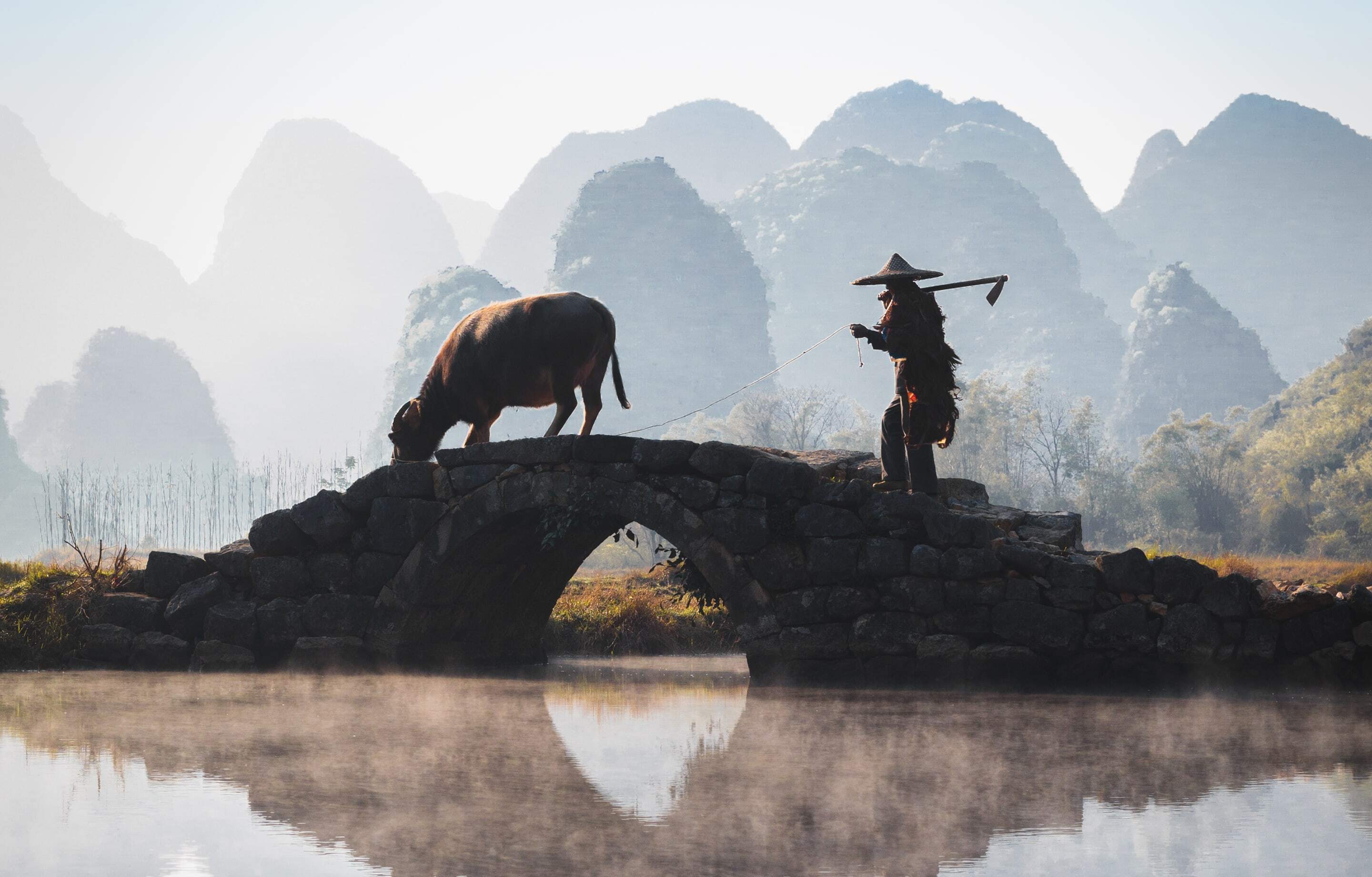
Exclusively Asia
With Remote Lands you'll travel with people who have made Asia the solitary focus of their own lifelong adventure. As our guest, you'll discover Asia on a journey that is completely, authentically your own, adapted from our own remarkable experiences and adventures over the years.
With Remote Lands you'll travel with people who have made Asia the solitary focus of their own lifelong adventure. As our guest, in the continent that our north American founders Catherine and Jay have adored and explored for decades, you'll discover Asia on a journey that is completely, authentically your own, adapted from our own remarkable experiences and adventures over the years.
Travelogues
An Asia-focused magazine brought to you by Remote Lands - a platform for adventure, luxury, and authenticity from experts and explorers around the continent.
Philippines: Islands, Volcanoes, and Culture with Remote Lands
- Author
- Travelogues
Gods of Rice: Banaue Terraces Are Out of This World
- Author
- Jay Tindall
The Adorable Wildlife of the Philippines Above and Below the Water
- Author
- Travelogues
What Others Say
Here is a small selection of the kind words our clients have said about us recently.
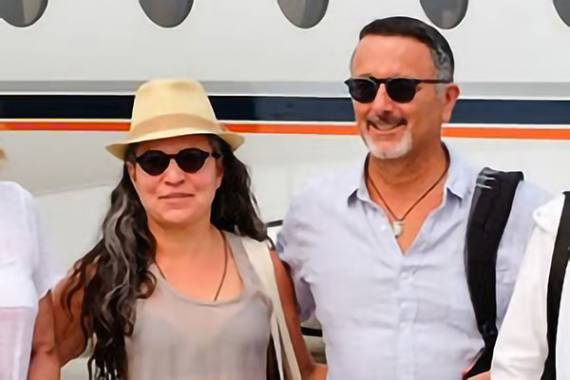
A couple from Florida - Aman Jet Expedition, Spring 2016
As the trip progressed strangers became friends. Particularly special was the effortlessness: perfect logistics, never having to worry about anything, and, of course, the charming and thoughtful way you organised everything.
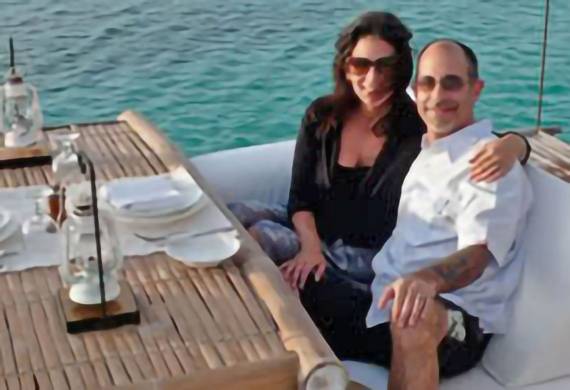
Jessika and David, Los Angeles
There was an authenticity to the type of experience set up for us that made every city we visited special and gave us countless moments we will never forget.

Couple from Nevada - Aman Private Jet Expedition, Spring 2017: Marcela Vanhara
It wasn't our first trip with Remote Lands but again they proved they are the best! Everything ran smoothly from start to finish.
